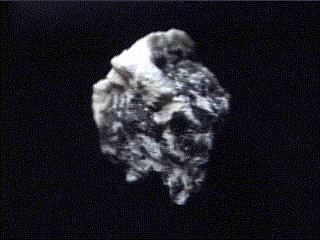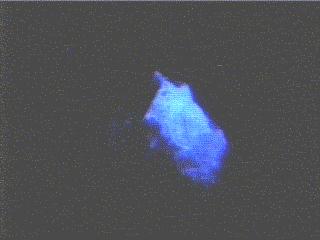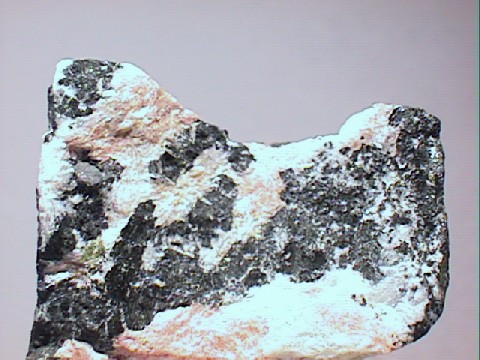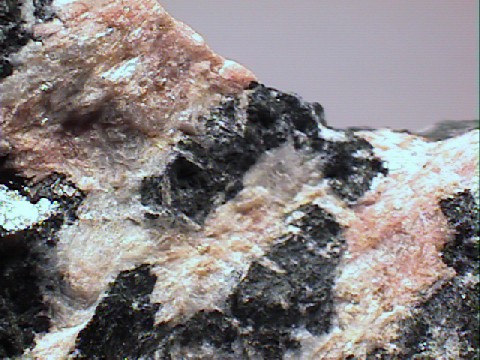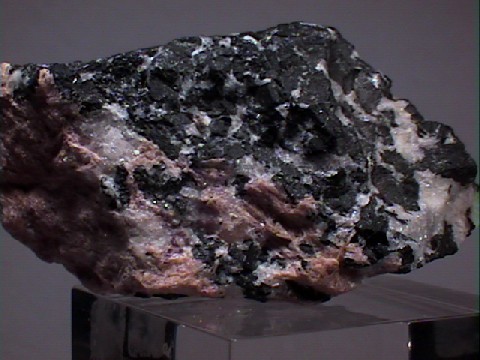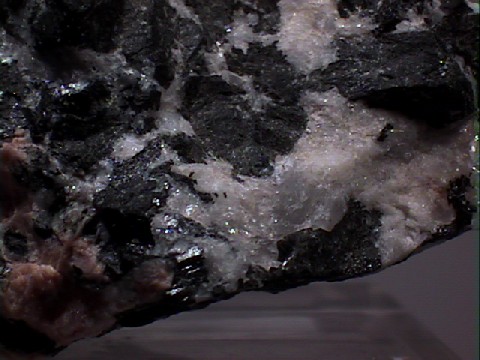 THE MINERAL BARATOVITE
THE MINERAL BARATOVITE
- Chemistry: KLi3Ca7(Ti, Zr)2(SiO3)12F2, Potassium Lithium Calcium Titanium Zirconium Silicate Fluoride.
- Class: Silicates
- Subclass: cyclosilicates
- Uses: only as a mineral specimen
- Specimens
Baratovite is a very rare silicate mineral.
It is extremely new on the mineral scene since it was only described in the last twenty five years.
Baratovite is a cyclosilicate which means that the structure is composed of silicate tetrahedrons linked together so that they form isolated rings.
Baratovite is one of the rare minerals that are coming out of the former USSR and finding their way onto the mineral markets.
Baratovite has the "look" of
muscovite but is easily distinguished by its brilliant blue fluorescence under ultra-violet light.
PHYSICAL CHARACTERISTICS:
- Color is white with pinkish tints.
- Luster is pearly.
- Transparency crystals are transparent to translucent.
- Crystal System is monoclinic (pseudo-hexagonal); 2/m
- Crystal Habits include flattened pseudohexagonal crystals also massive and lamellar.
- Cleavage: perfect in one direction.
- Fracture: uneven
- Hardness is 3.5
- Specific Gravity is approximately 2.9 (average)
- Streak is white.
- Other Characteristics: fluoresces brilliant blue under UV light.
- Associated Minerals include aegerine, misterite and other rare silicates.
- Notable Occurrences include Dara-Pioz, Tien-Shan Mountains, Tadzhikistan.
- Best Field Indicators are crystal habit, fluorescence, cleavage, associations and locality.
 THE MINERAL BARATOVITE
THE MINERAL BARATOVITE
